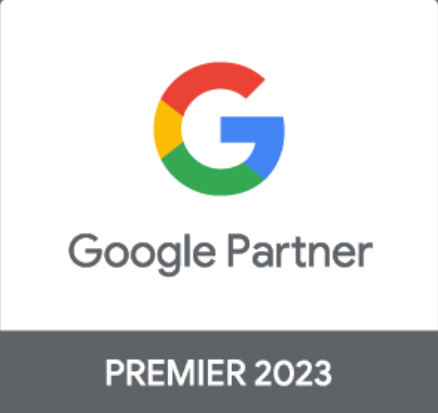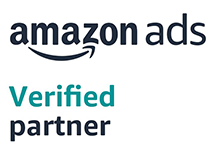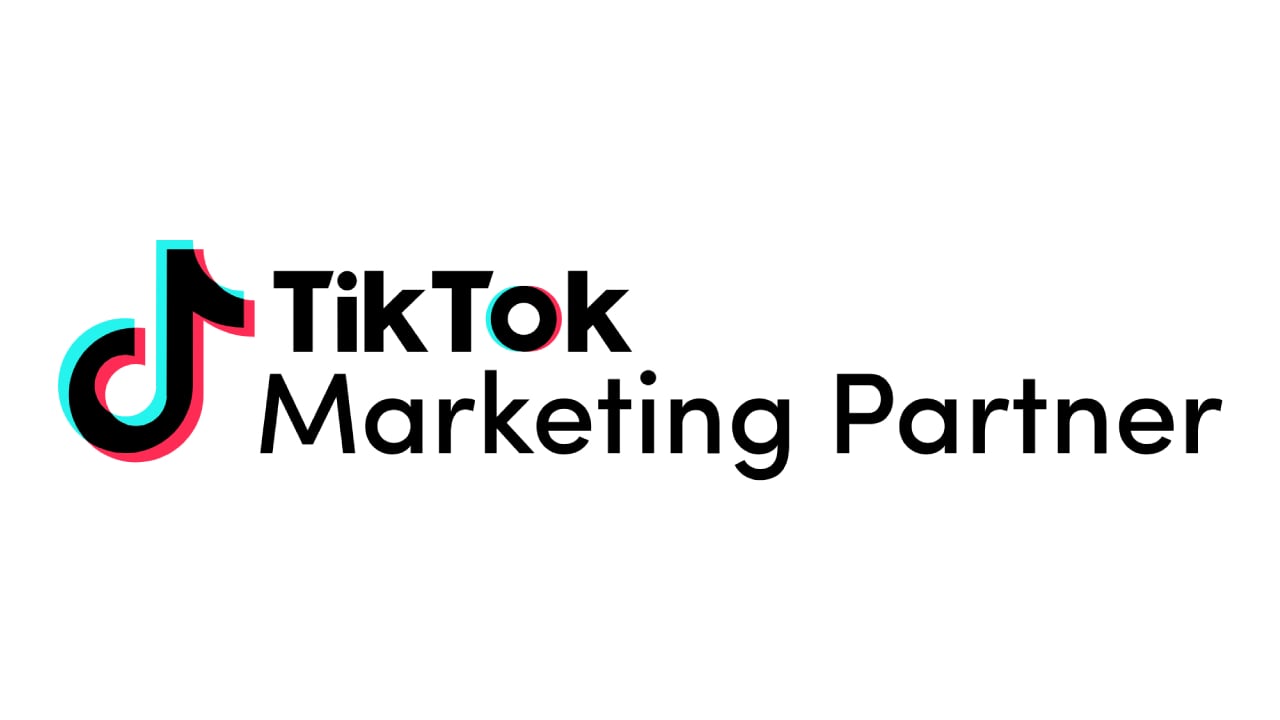YouTube is the second greatest search engine after Google. Youtube has grown over the years and has become the most effective and economical advertising platform. Video ads have become increasingly important in online marketing, and investing in quality online video advertisements will deliver more results for any E-commerce brand. Companies are going to spend over 5.5 billion on advertising on Youtube in 2020.
It is crucial to have a presence on YouTube. It not only drives traffic, but also helps you boost your 'brand' online quickly. For eCommerce ads, it is a unique platform that blends the entertainment and excitement of social media with Google's massive search traffic and content ranking. Businesses may now establish and advertise their products through interactive videos that build their followers.
Benefits of YouTube ad for Ecommerce
-
Its cost-effective
PPC advertising is extremely cost-effective, provided that you have a grasp on the subject. YouTube also runs on a PPC pricing structure, which is very economical. You only pay when someone clicks on your ad, and you can determine how much you want to invest. You won't overspend on PPC advertisements or waste money on ad space because you pay for clicks only. Furthermore, the CPM (Cost per mille) on YouTube advertising is much less than on other advertising platforms.
-
Virtual connection with the audience
Around 80% of online buyers begin their shopping journey by watching a YouTube video, and what you see on YouTube is what you buy. An advertisement on YouTube allows the audience to see a 360° image of the product and experience it virtually. Many people feel a connection after watching product-focused video content. YouTube advertisements allow you to communicate directly with your target audience. The most effective use of the platform requires you to choose the most appropriate ad format for your product and budget - we'll discuss this later in the blog.
-
Rich insights for targeting customers
You can target your ideal audience using demographics, location, age, gender, parental status, and a number of other factors on YouTube. You can use both your online and offline databases to re-engage consumers who have previously been connected to your brand. You can target consumers who have previously viewed your videos or YouTube ads. You can target affinity audiences, which include individuals with a strong interest in subjects related to your business.
-
Offers Massive market base
Today, there are more than 2 billion YouTube users. During the outbreak, YouTube viewership steadily rose. As of January 2022, YouTube has the second-highest monthly active users of any social platform, with Facebook being the first. Even WhatsApp and Instagram, which come in 3rd and 4th places, trail behind. Small businesses and enterprise businesses can reach more interested consumers than ever before.
What are the different types of Youtube ads for eCommerce?
1. Bumper ads
Bumper ads are the shortest YouTube video ads, running as short as 6 seconds. They are non-skipping and may play before, during, or after another video on YouTube. Because bumper ads are so brief, they are a good option for quick promotions as part of a larger video marketing campaign.
While an ad like this should not contain a large quantity of information, you can still tell a more comprehensive story in other ways. Make sure your ad is short and straightforward, with a clear message. Many advertisers stuff too much into one ad and end up overstuffing it.
2. Trueview ads - Skippable instream video ads
These video ads can be skipped from the five seconds you watch them. Ads that are skipped are not charged for, but if your ads are skipped frequently, they may be considered low quality, resulting in you having to pay more to display them in front of viewers. This is why it's important to create engaging video content.
3. Non-skippable instream video ads
A non-skippable in-stream ad on YouTube is the same as a skippable ad in that it is shown before, during, or after a video. You must sit through non-skippable in-stream ads, which can last up to fifteen or twenty seconds.
4. Discovery ads
Video discovery ads appear on YouTube where people find content. This might be on the YouTube homepage, in YouTube search results, or in the right sidebar next to a relevant video. They are denoted by a small, yellow square as an advertisement. People must click on them to begin viewing, unlike other YouTube advertisements.
Best practices for running Youtube ads for maximum reach and conversions
1. Always highlight your product’s benefits
To run a successful youtube campaign it is important to show the effectiveness of the product in your ads. What advantages does it provide? What problem does it solve? Why would someone purchase it? Why do people use it? These inquiries will assist you in making better ads. And these will lead to conversions.
2. Run UGC ads for better credibility
Creating an ad that makes the audience feel something is more effective than creating an ad that does not. You cannot simply list the features of your product and expect to make a lot of sales. You must establish a connection with your audience through a testimonial video. Using a testimonial video, you established a connection with their audience by demonstrating how their product addressed their customers' problems.
3. Use mid-funnel and bottom-funnel YT solutions
Brands looking for mid-funnel and bottom-funnel solutions have benefitted from new features on YouTube in recent years. In addition to YouTube for action campaigns, which are believed to drive sales rather than awareness, YouTube has introduced feed ads that appear when you scroll through the YouTube feed. These ads are very similar to the newsfeed and carousel ads found on Facebook's newsfeed
4. Leverage the power of Google for optimum targeting
Imagine you are a Home Furnishings company and want to attract new customers. For example, you might be able to advertise to people who have searched for a bed sheet, quilt, pillow cover, or curtain in the last three to six months. That would be a game-changer, right? YouTube is now giving custom intent targeting with this feature. They are able to capture search intent from google.com and utilise it for YouTube niche targeting using custom intent segments.
5. Analyze and monitor for best results
To improve your ad performance it is necessary to analyze the performance of your ads and make strategic changes when and where ever needed. You can make use of the Analytics feature to get to know the performance of your metrics.
- Clicks - The number of times your ad was clicked.
- CTR - The clickthrough rate is the percentage of clicks compared to impressions.
- Conversions - The number of times a person clicked your ad and completed a desired action, such as signing up for your email list.
- ROI - The return on investment is the amount of profit you made compared to the amount you spent on the ad campaign.
Final words
With the right amount of enthusiasm and creativity, YouTube can be used to market effectively. Youtube advertising with a little experimentation and research,can be the best way to build brand awareness for your company. Remember that YouTube may seem intimidating at first, but with enough patience and excellent content, you can master online marketing, build a strong online brand presence, maintain long-term audience engagement, and create customers.
Adyogi is a digital advertising platform customized for eCommerce brands. We automate digital Ad creation to establish an automated prospecting, targeting, and retargeting approach that targets the client's merchandise and cross-promotes using cutting-edge technology, to boost sales. We can help tackle your COD issues with ease and save time to generate more revenues with our vast Partner directory. We've been able to increase client revenue by upscaling it 7x - 8x through Adyogi's performance-based solution.
Get in touch to see how we can help you grow your business online.






-1.png)






